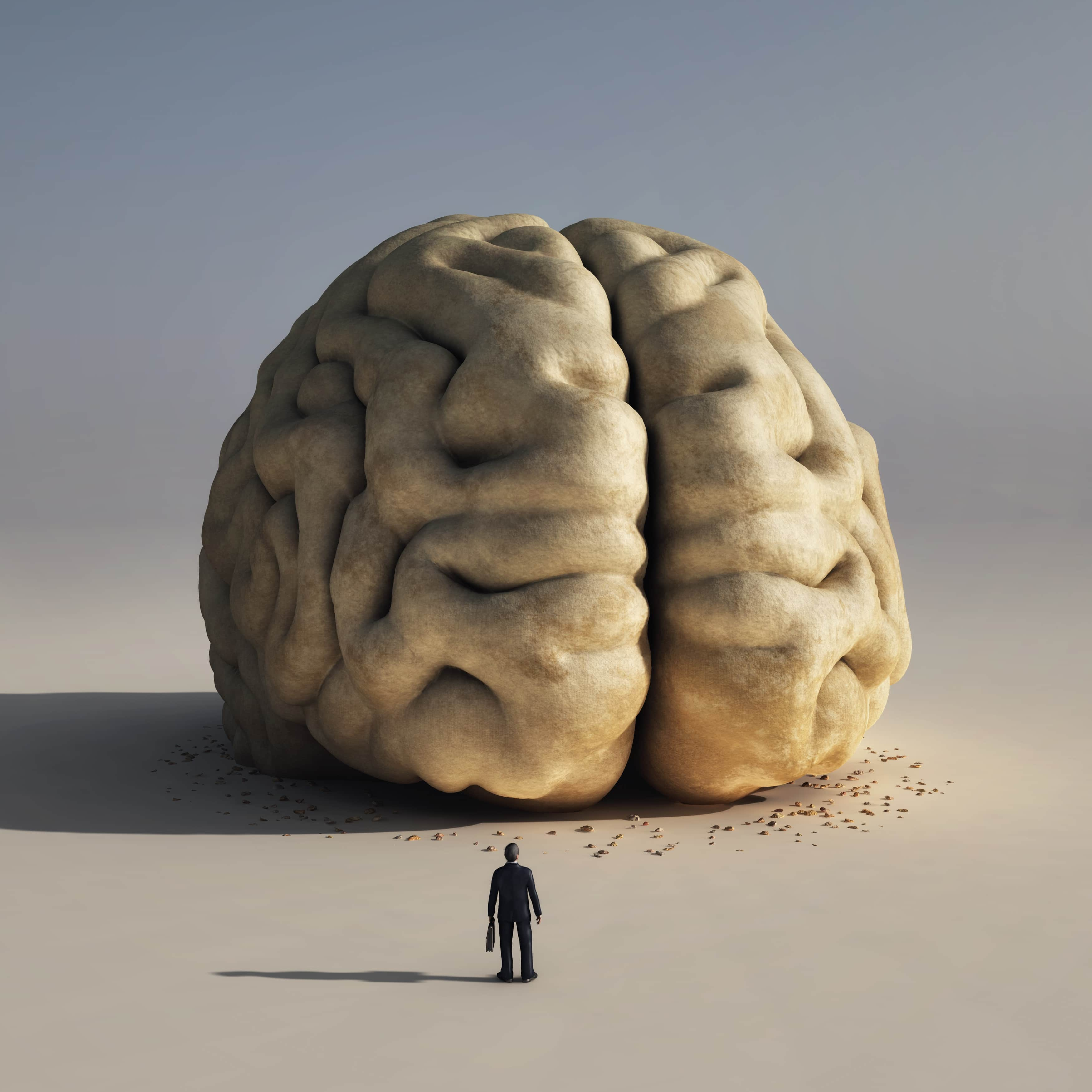Article
Study Targets Cannabinoid Receptor to Ease Parkinson Symptom of Dyskinesia
Author(s):
The drug, HU-308, is aimed at treating levodopa-induced dyskinesia (LID). The animal study showed that it was as effective as amantadine, the only available treatment for dyskinesias; combining HU-308 with amantadine was also more effective than either drug used alone.
An early study of a cannabinoid compound in mice indicates it could reduce involuntary movements called dyskinesias, a side effect from treatment for Parkinson disease.
The drug, HU-308, is aimed at treating levodopa-induced dyskinesia (LID). The animal study showed that it was as effective as amantadine, the only available treatment for dyskinesias; combining HU-308 with amantadine was also more effective than either drug used alone.
The research was conducted by the Centre for Neuroscience and Regenerative Medicine (CNRM) at the University of Technology Sydney (UTS) and the Applied Medical Research Institute of St Vincent's Hospital Sydney in Australia.
Cannabis works on several receptors in the brain, CB1 and CB2. The psychoactive effect is caused mostly because of receptor CB1.
"Our study suggests that a derivative of HU-308, either alone or in combination with amantadine, may be a more effective treatment for dyskinesias and a much better option than using an unproven potentially harmful substance like cannabis," said Bryce Vissel, PhD, director of the CNRM and senior author of the study, in a statement.
Vissel said HU-308 works only on receptor CB2, allowing medicinal benefits to be administered without causing psychoactive effects. HU-308 has previously demonstrated anti-inflammatory and neuroprotective action in rodent models of Parkinson and Huntington disease.
"Currently there is limited evidence about the effectiveness of medicinal cannabis. One problem is that no cannabis preparation is the same and cannabis has numerous effects, some of which may not be beneficial in Parkinson's disease," he added.
Vissel and his team are probing ways to block inflammation of the brain to maintain and restore memory and to slow the progression for both Parkinson disease and Alzheimer disease.
"By reducing inflammation in the brain—such as with HU-308—these immune cells can support normal neural function again, rather than inhibiting it," he said.
The researchers said the clinical use of amantadine is limited by several side effects, the development of tolerance and a lack of efficacy for some patients and that LIDs have an unmet clinical need.
The results suggest pharmacological treatments with CB2 agonists deserve further study, they said.
To date, the only FDA approved therapy to combat LIDs in PD patients is amantadine.
Reference
Rentsch P, Stayteac S, Egan T, Clark J, Vissel B. Targeting the cannabinoid receptor CB2 in a mouse model of l-dopa induced dyskinesia [published online October 25, 2019]. Neurobiol Dis. doi:10.1016/j.nbd.2019.104646





